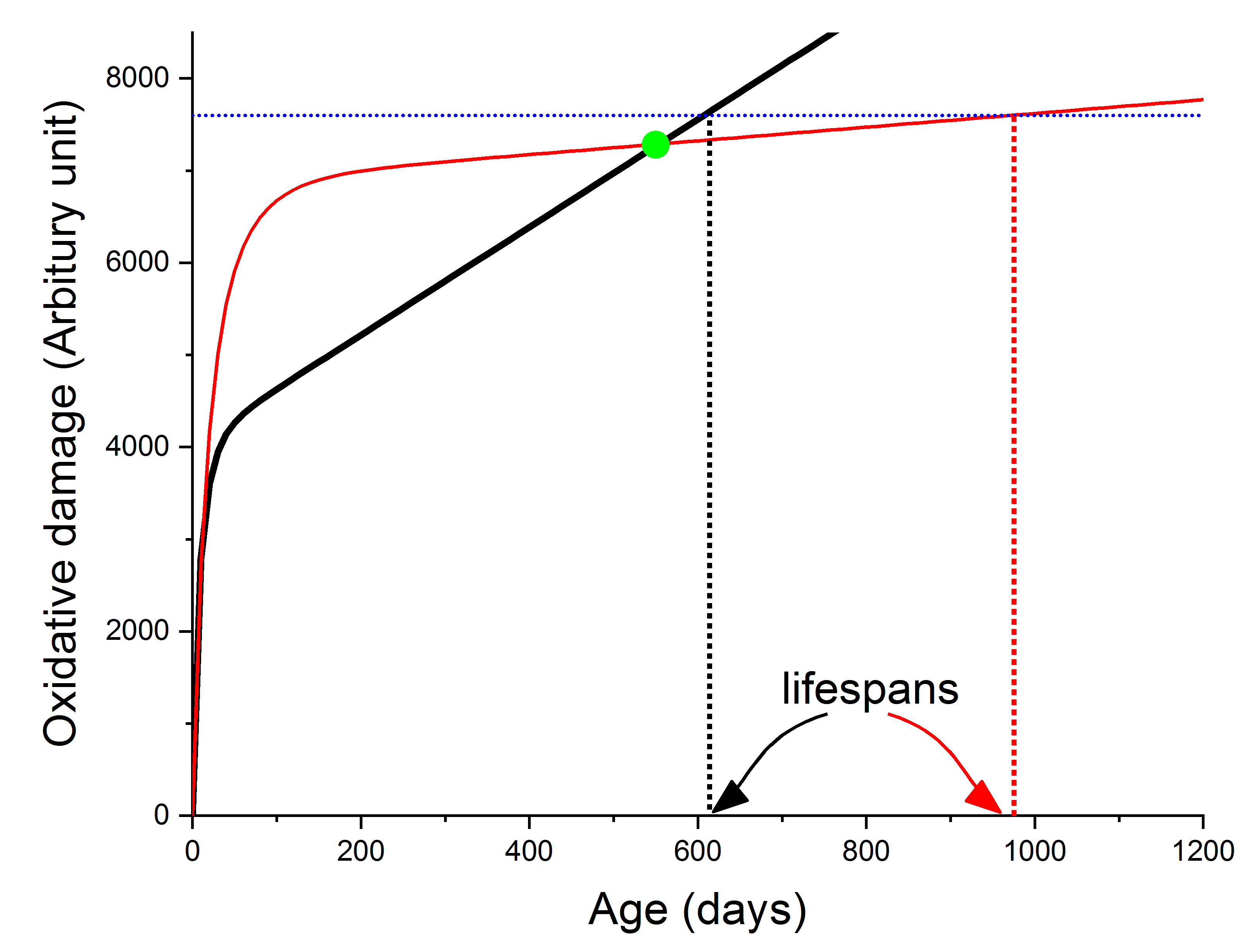Dr. Chen Hou and his research collaborators have found an answer to the decades-old question of why naked mole-rats with high oxidative damage live 10 times longer than mice of comparative weight.
“The long lifespan of the East African naked mole-rats raises one of the most serious paradoxes in the study of aging,” says Hou, an associate professor of biological sciences at Missouri University of Science and Technology. “And geriatric researchers are asking if the oxidative stress theory is dead.”
The widely accepted theory of aging is based on a negative correlation between oxidative stress and animal lifespan. This theory posits that aging occurs because of accumulated cellular damage caused by the byproducts of oxidative metabolism — or the way we burn oxygen to produce energy. When a certain threshold of oxidative damage is reached, animals will die.
“We’ve observed the correlation between damage level and lifespan is the dynamic process of damage accumulation, which is largely determined by the animal’s growth and metabolism,” says Hou. “Besides offering a simple explanation to the ‘naked mole-rats paradox’ that has puzzled scientists for years, our results provide a starting point for new comparative aging studies.”
To explain the contradiction, the researchers developed a data-based theoretical model that estimates oxidative damage accumulation with age. Their model highlights a tradeoff between the metabolic energy cost of growth versus damage repair. The tested hypothesis is if animals expend too much energy on growth, less will be available to repair their oxidative damage, which will accumulate. It also suggests that high metabolism leads to faster damage accumulation.
The study illustrates that during growth, naked mole-rats expend more energy than mice, and by the end of their growth, have accumulated greater oxidative damage than mice. It also shows that during adulthood, the low metabolism of naked mole-rats significantly slows the speed of damage accumulation to less than that of mice.
Hou says that this observation led to his hypothesis that mice have lower oxidative damage than naked mole-rats for a large portion of their life, but the oxidative damage of mice will reach the threshold sooner than naked mole-rats, which causes them to die sooner. Hou calls it “the simple answer to the paradox.”
Hou says the discovery that a large portion of the lifetime oxidative damage accumulates during growth is especially important for large species, including humans, due to their long growth periods.
“If our hypothesis is proven, the model can become a theoretical framework to learn how differences in children’s developmental traits — such as growth rate, birth-to-adult weight ratio, and the energetic cost of biosynthesis — will affect their adult health and lifespan,” says Hou.
Hou is corresponding author and co-investigator of the project with Wenyun Zao, a basic life research scientist at Stanford University, and Xialong Tang, a lecturer in the Institute of Biochemistry and Molecular Biology at Lanzhou University in Lanzhou, China. The paper, titled “Why Naked Mole-Rats Have High Oxidative Damage but Live a Long Life: a Simple Explanation Based on the Oxidative Stress Theory of Aging,” was published in the Hapres journal, Advances in Geriatric Medicine and Research on Jan. 7.
Original post https://alertarticles.info
